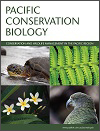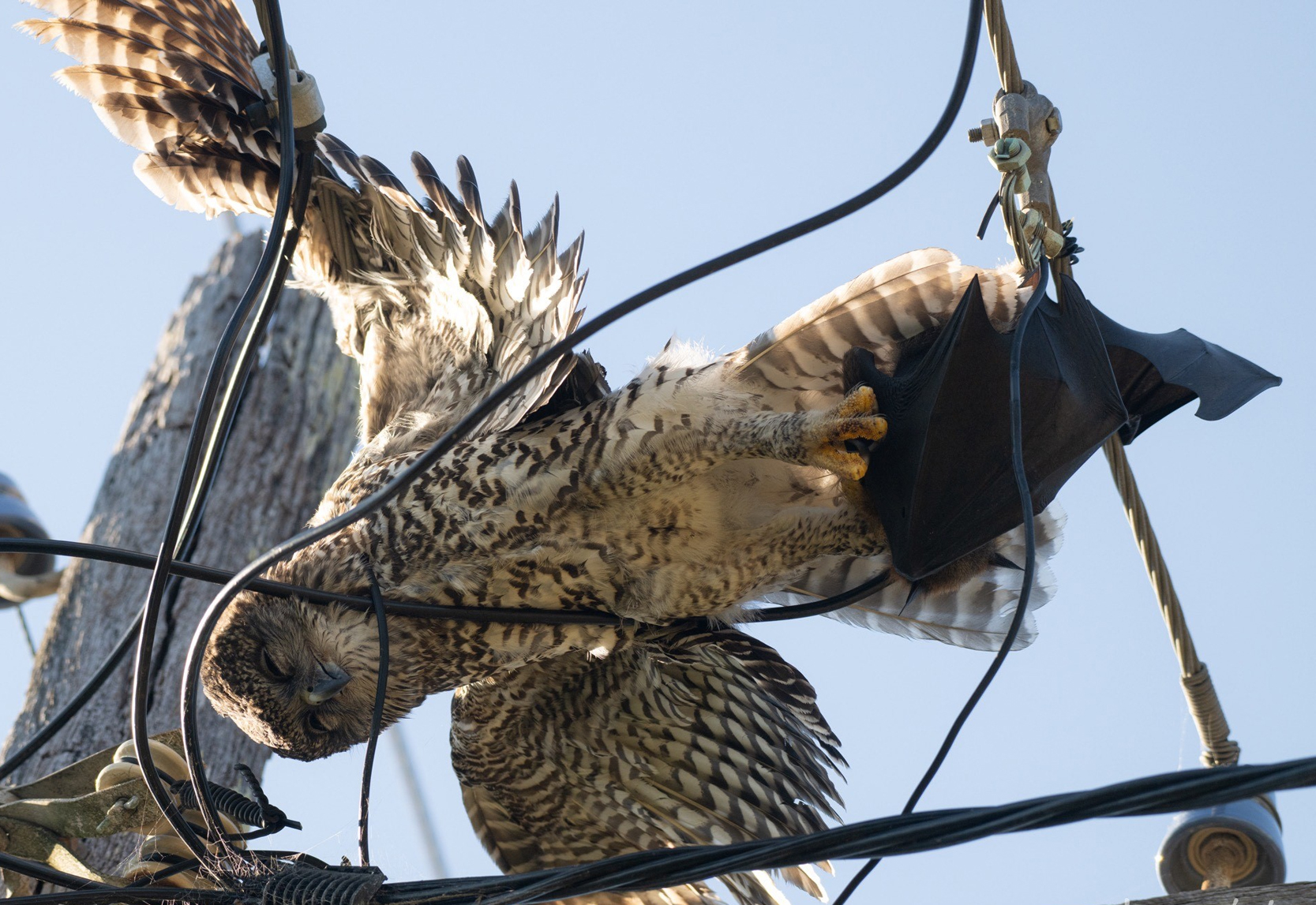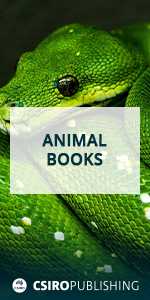Pacific Conservation Biology
Volume 31
Number 3 2025
Inshore dolphins in Papua New Guinea are facing local extinction because of by-catch in gillnets targeting fish swim-bladders (‘fish maw’). The lucrative nature of this fishery creates an significant hurdle to conservation programs. The mortality rate of inshore dolphins is unsustainable and is causing populations to decline. Demand for fish maw as a luxury food and medicine is threatening many marine species worldwide.
This article belongs to the collection: Marine Mammals in the Pacific.
Thinning is sometimes used to reduce fire risks during forest restoration but its efficacy in Australian eucalypt forests is uncertain. We undertook experimental thinning in a previously logged river red gum forest. We found that regrowth tree density did not substantially affect understorey fuels and thinning did not change fuel hazard ratings. Thus, thinning did not reduce or increase fire risk during the study.
Eradicat has the potential to be used as an all-predator bait. Low target species density combined with a range of environmental and human activity factors limited our assessment of Eradicat baits potential as an all-predator bait. More work is required, however bait uptake by foxes was promising. Photographs by Tracey Kreplins.
The number of community environmental groups in Aotearoa New Zealand has increased in recent years. Variations in how trapping activities are undertaken do not meet recognised best practice for pest management. Our findings suggest the shift in focus to ‘dead pests’ over resource protection will not achieve Aotearoa’s biodiversity goals.
Translocation is rapidly becoming a critical tool for threatened species reintroduction and conservation. It is vital to ensure harvests do not jeopardise the source, and this study confirmed a koala (Phascolarctos cinereus) population was able to recover from a large-scale gradual translocation harvest. This knowledge provides important guidance for planning sustainable conservation translocation programs.
Rehabilitation is needed to address social and ecological impacts of high-intensity mining activity in the Pilbara region. Yet success is limited by the arid climate, lack of topsoil, and poor plant establishment from sown seeds. Our observations suggest potential for assisted and unassisted plant recruitment in the absence of fresh topsoil.
Urban areas present unique wildlife rewilding opportunities. Applying a decision framework to occurrence data we identify rewilding candidate species with broadest geographic potential; then explore traits and factors influencing urban rewilding suitability. These insights provide key considerations for wildlife managers planning rewilding projects, promoting effective biodiversity conservation in urban landscapes.
A small population of Orcaella spp. occur in southern Papua New Guinea, but their taxonomic status is unknown. Phylogenetic reconstruction showed that Australian snubfin dolphins occur in Papua New Guinea waters. This is currently the only known Australian snubfin dolphin population in Papua New Guinea and the Pacific Islands.
This article belongs to the collection: Marine Mammals in the Pacific.
This field note documents a powerful owl clutching a grey-headed flying-fox both dead on power lines. Based on how the carcases were presented, either the flying-fox was electrocuted first and the owl was subsequently electrocuted trying to scavenge on the carcass or the owl had captured the flying-fox and was clutching it when it made contact with the powerlines. Photograph by Jason Luke.
A series of 11 open polyvinyl chloride pipes vertically positioned in the ground were found to contain multiple trapped spotted grass frogs (Limnodynastes tasmaniensis), including two dead individuals. These finds highlight the capacity for these anthropogenic structures to act as ongoing mortality risks for wildlife if left unmitigated.
Two Peoples Bay Nature Reserve in Western Australia was created in 1967 to protect the habitat of the then recently rediscovered Djimaalap/noisy scrub-bird (Atrichornis clamosus) whose population numbered less than 100 individuals. Conservation translocations, supported by habitat management have been the major strategies leading to an increase in the size and area occupied by scrub-birds, enabling the species to withstand several major bushfires. In this paper, we review nearly 40 years of scrub-bird translocations and the research that has underpinned this important work.
This article belongs to the collection: The Natural History of Two Peoples Bay Nature Reserve, Western Australia.
Booderitj/western bristlebird and Dading/western whipbird, along with Djimaalap/noisy scrub-bird, persist in long unburnt (>60 years) vegetation at Two Peoples Bay Nature Reserve, Western Australia. All three are declared threatened, and have contrasting recovery patterns following fire, necessitating careful management of their fire prone habitat. This paper summarises and reviews work done on these two species over the past 50 years.
This article belongs to the collection: The Natural History of Two Peoples Bay Nature Reserve, Western Australia.
Age and growth studies are vital for sustainable fisheries. Research on Carcharhinus falciformis (silky shark) in the Ecuadorian Pacific is limited, but this study found that the species grows slowly, increasing its vulnerability to overfishing. These findings provide essential data for population models, supporting effective management strategies to ensure its long-term conservation.
Dogs are popular and ubiquitous pets, making them the commonest large carnivore in the world. We argue that the negative environmental effects of pet dogs are multifarious, ranging from direct predation and disturbance of wildlife to indirect modifications of wildlife behaviour due to their scent marks, faecal and urine pollution, deposition of veterinary insecticides into the environment, and carbon footprint of the pet food industry. The mitigation of these effects lies largely in the responsible behaviour of dog owners.







